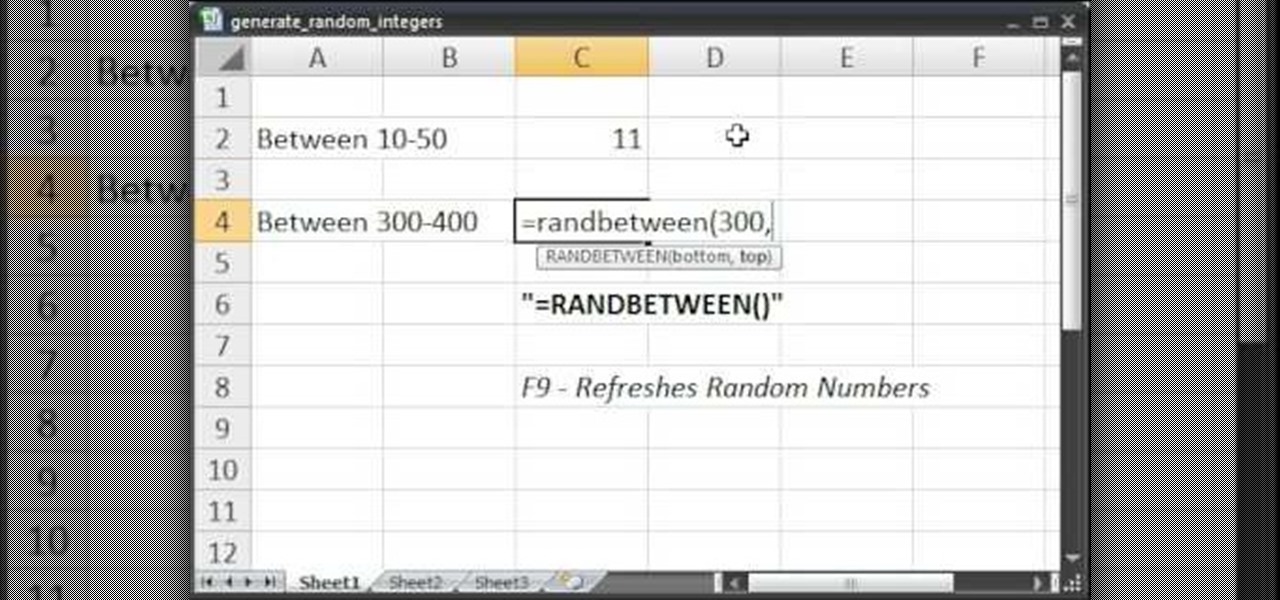
Add values to the spread sheet off the right for the "m" values and "b" values using the "$" operator to keep the cells referenced from changing as follows:Ĭreate a scatter graph of x vs. Enter values for x Enter the equation of a line for the "first" column. Note: m and b are the "parameters", also called "coefficients" for this model.Īdd three more columns labeled, "first", "second", and "third". Since the exponent on "x" is one, this is referred to as a "first order" polynomial. Another way to say this is if "m" is small, then y changes little as x changes, if "m" is large, then y changes a lot as x changes. The "m" is than the relationship between x and y. When we are doing regression, the "b" represents the value of x when the covariant is 0. Where m is the slope of the line and b is the intercept. As a review of polynomials, remember that the equation for a line is: There is a large area of modeling that uses polynomial expressions to model phenomenon. Question 2: What are the Moran's I value for each data set? Why do they show these values? 3. Symbolize each of the columns in ArcGIS and take note of what you see. Save the file to a new name and load it into ArcGIS. Then, set the Gradient column to match the X column. Set the first column to random values as you did for X and Y. Return to Excel and add two additional columns to your file named "Random" and "Uniform", and "Gradient". Creating Random Points with Random, Gradient, and Uniform Values This approach can be used to create random point data sets for testing clustering and other methods that do not require a measured variable. Question 1: Does the data look clustered, random, or dispersed to you? However, for our purposes, these numbers will be just fine. Note: The random function does not create truly random numbers because computers are deterministic machines. Then, load the file into ArcGIS using the "File -> Add Data -> Add X,Y Data." option. Save this file as a "CSV" file with a good name like "RandomPoints.csv". Then, grab the square again and drag to fill the "Y" column.

Click on the cell and drag the corner with the square down about 30 points. When you hit return, you should see a random value between -10 appear. Insert the following command into the first space below the "X": In Excel, create two columns, one labeled X and the other Y. In this lab, you'll use Excel to create point and raster data sets for use in trend surface and interpolation analysis. This allows us to precisely control the data going into our modeling methods and then check the output to see if it is as expected. To evaluate new methods and to diagnose problems with modeling processes, we often need to generate synthetic data.


 0 kommentar(er)
0 kommentar(er)
